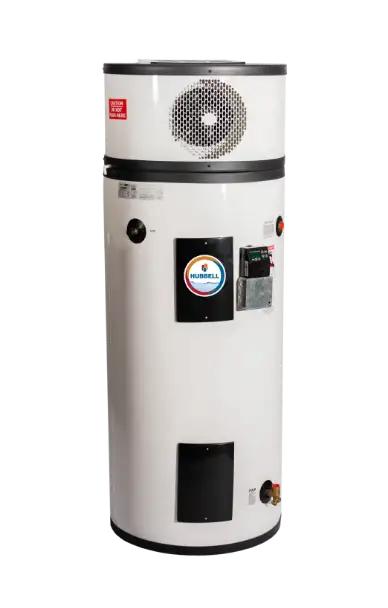Storage
Buffer
ASME Carbon Steel Buffer Tank
Capacities from 120-5000 gallons, ASME Section VIII Division 1 stamped

PREVENTS SHORT CYCLING
ASME CERTIFIED
CARBON STEEL CONSTRUCTION
5 YEAR WARRANTY
ALTERNATE CONNECTION SIZES AVAILABLE
Applications
Solar thermal systems, hydronic systems, heat pump water heaters, industrial process heating, and more
Storage
Buffer
ASME Carbon Steel Buffer Tank
Capacities from 120-5000 gallons, ASME Section VIII Division 1 stamped
PREVENTS SHORT CYCLING
ASME CERTIFIED
CARBON STEEL CONSTRUCTION
5 YEAR WARRANTY
ALTERNATE CONNECTION SIZES AVAILABLE
Applications
Solar thermal systems, hydronic systems, heat pump water heaters, industrial process heating, and more






